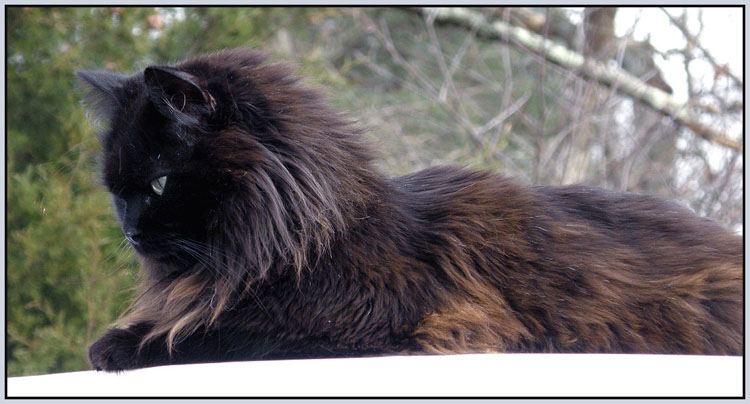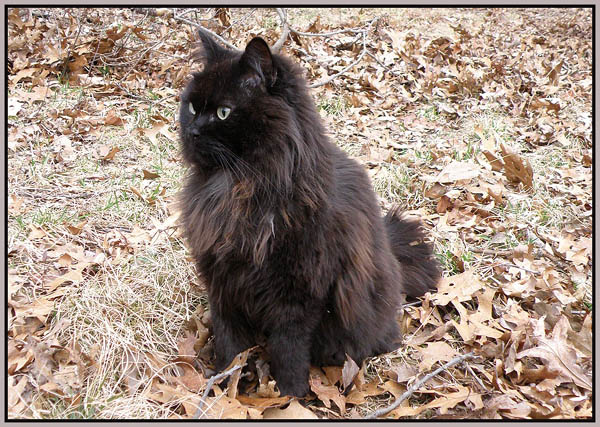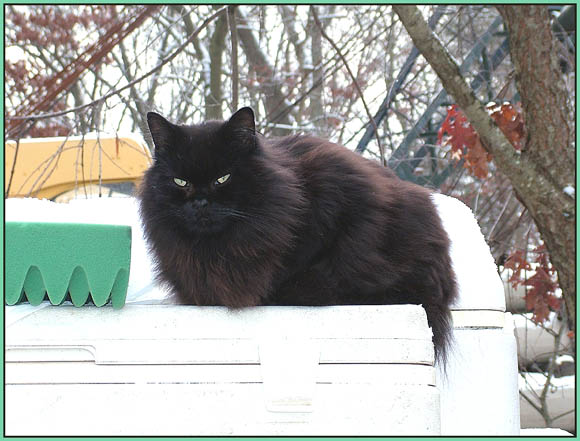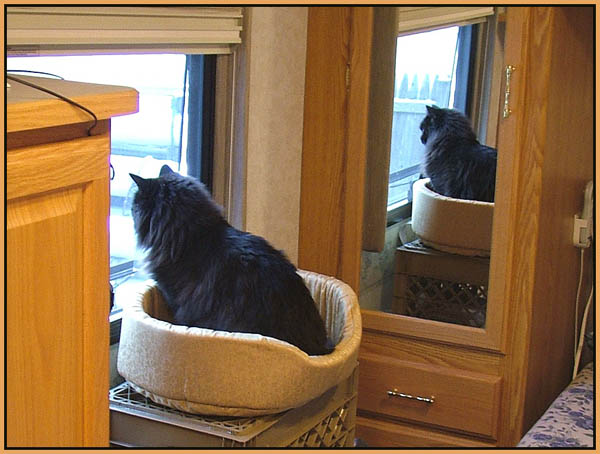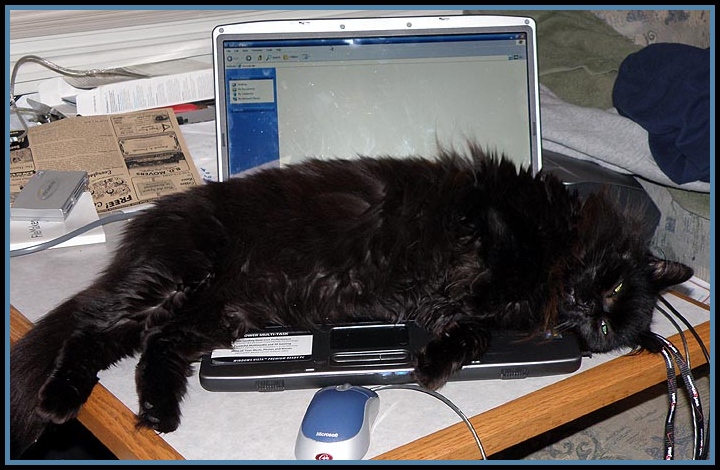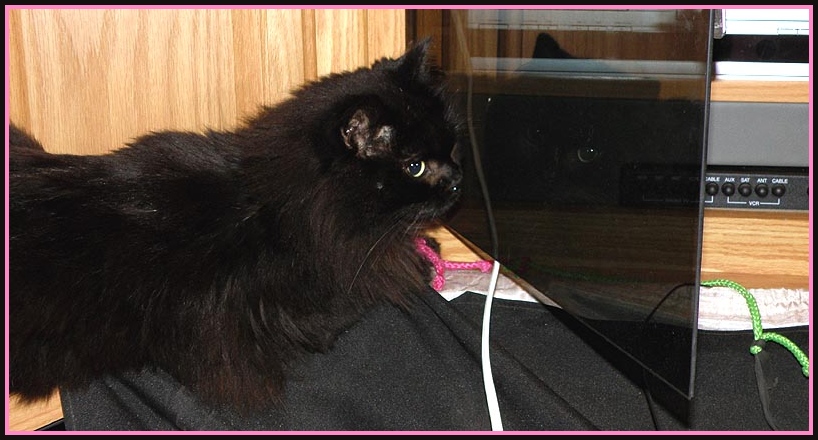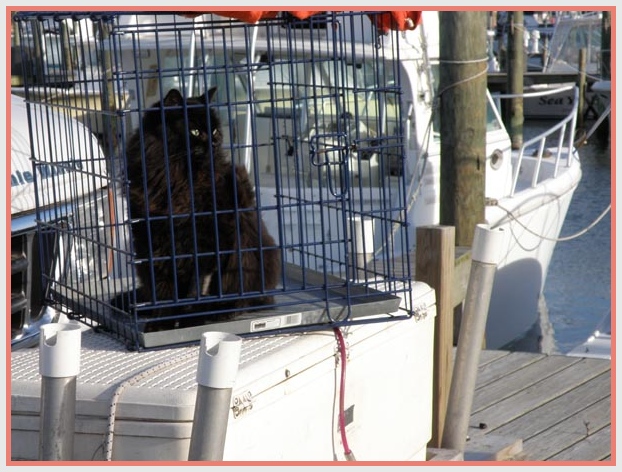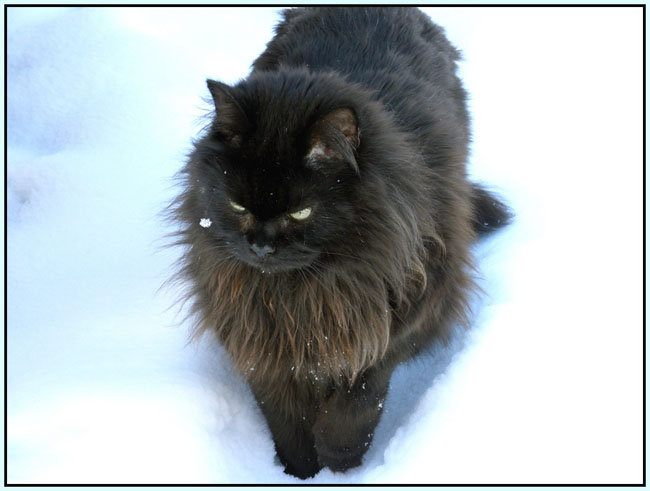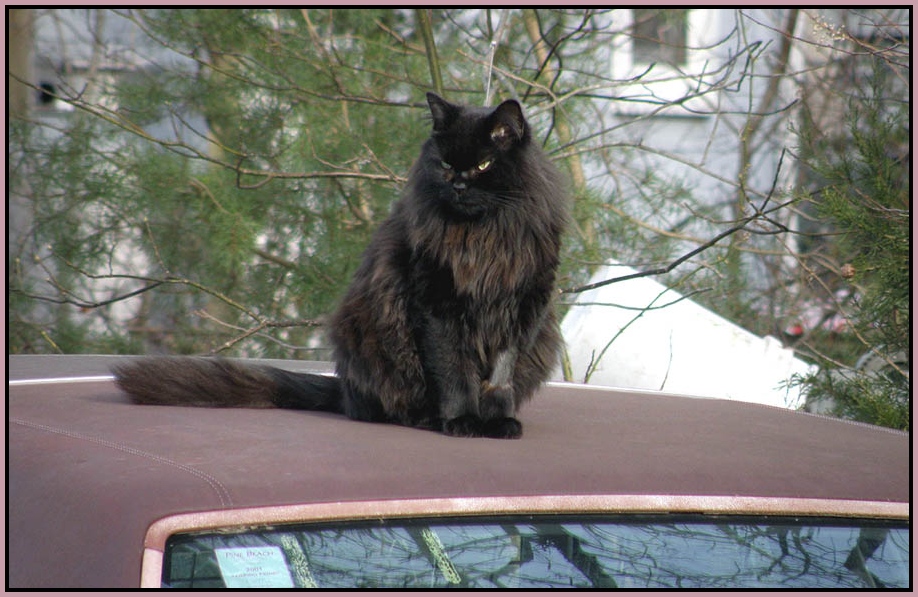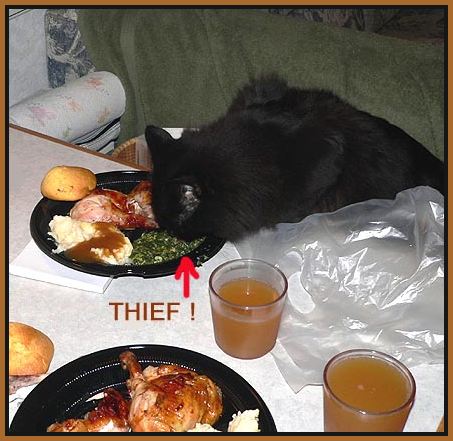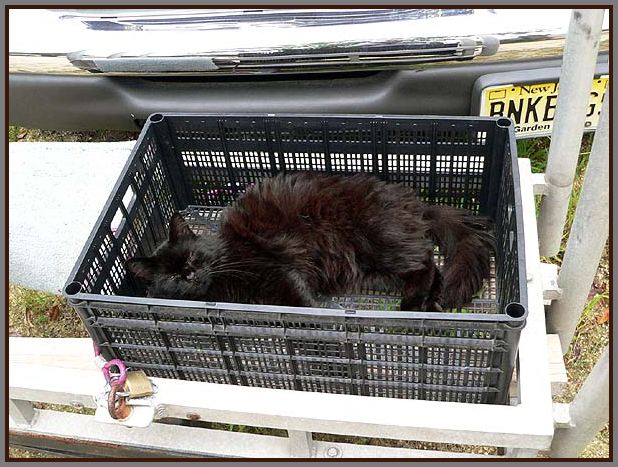Scrappy was born in the spring of 2002 in a storage pile in the wooded area behind my shop. He was the “runt” of the litter of three and not the prettiest kitten. Far from a duckling or a swan, he did turn out to be a VERY handsome male cat. As a young one, he became quite ill in September of 2002 and was very near death. Some strong antibiotics and vigilant care nursed him back to good health. What really touched a spot in my heart was at the height of his illness and perhaps hours from death before the antibiotic kicked in, he would still purr like a little motorboat when stroked. And believe me he was far from feeling good when he did this. He was a very affectionate cat and loved the human touch and contact ( NOT just at dinner time )!
He was diagnosed as being in congestive heart failure in November of 2008, which was first mistaken as being possibly asthmatic a week prior to becoming symptomatic. After some research one would discover that there is no cure for this disease process. It is just that, a disease of the heart, which will, and does progress negatively. You try to manage it, which can be a very challenging task because of trying to manage and balance the dilemma of dehydration and fluid buildup at the same time. Best I know, they are not doing heart transplants on cats yet. That is what it would have taken for him to still be here. As one veterinarian said to me that there will just be a point that the drugs of temporary treatment-management will just no longer work. I knew the vet was right and he was. Scrappy was on lasix-furosemide ( loop diuretic ), enalapril ( vasodilator ) and Pimobendan ( cardiac inotropes ) towards the end.. He also went through about seven treatments know as needle thoracocentesis where they basically stick a needle through the chest cavity and into the lung area to relieve and drain the inevitable fluid ( pleural effusion - Pleural effusion is an abnormal accumulation of fluid in the pleural space, which is the cavity between the lungs and the thoracic wall. ) that builds up from the malfunctioning heart.
The duration of these treatments went from about a month apart, to weeks, to days. This of course is directly due and relevant to the progression of the disease. Clots are also a concern, which is common with this affliction. The cardiologist did discover a large clot in his heart during the last two weeks of his life. That clot and his disease in general could be accurately described as a “ticking time bomb”. He had a GREAT quality of life right up till the last minute of his life. Though he did become more exercise intolerant as this disease progressed, he still had his dignity and took himself outside, made the rounds of his territory and brought himself back home. I was torn with the decision as to whether or not I should ever let him outside with his condition because of the many plausible scenarios that could occur. I did let him have his rein and truly feel it helped him live a bit longer. I do believe that had I kept him inside 100% percent of the time, it would have detracted from his will to live and he would not have lived as long as he did. He still wanted to go out and explore, see, smell and hear the sounds of his outside world. I DO NOT regret letting him do just that!
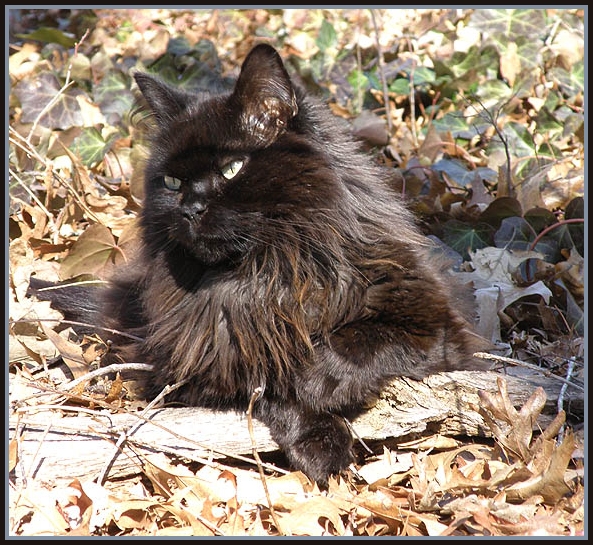
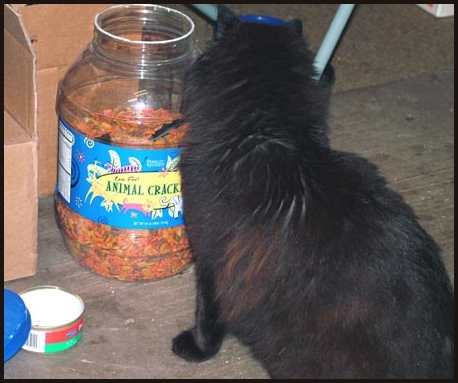
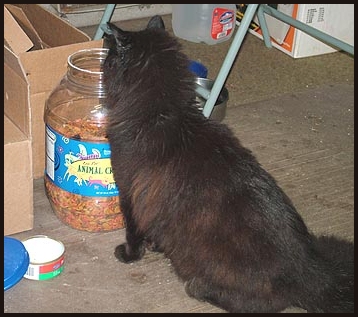
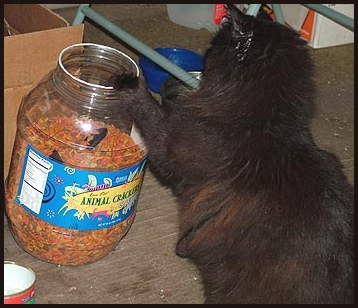
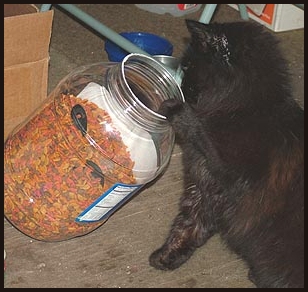
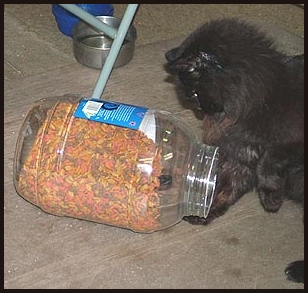
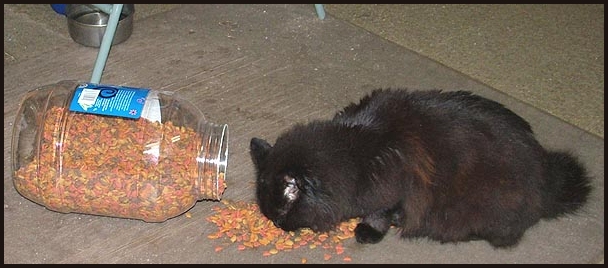
This page is in memory of Scrappy
April 2, 2002 - April 8, 2009
I would describe myself as a dog person but I must confess that this little kitty did carve out a slice in my heart. He was my little traveling companion and he really did partially clot my emotionally bleeding heart from the loss of my puppies/kids.
HE WILL BE SORELY MISSED TOO.…!!!….
Scrappy's Web Page








